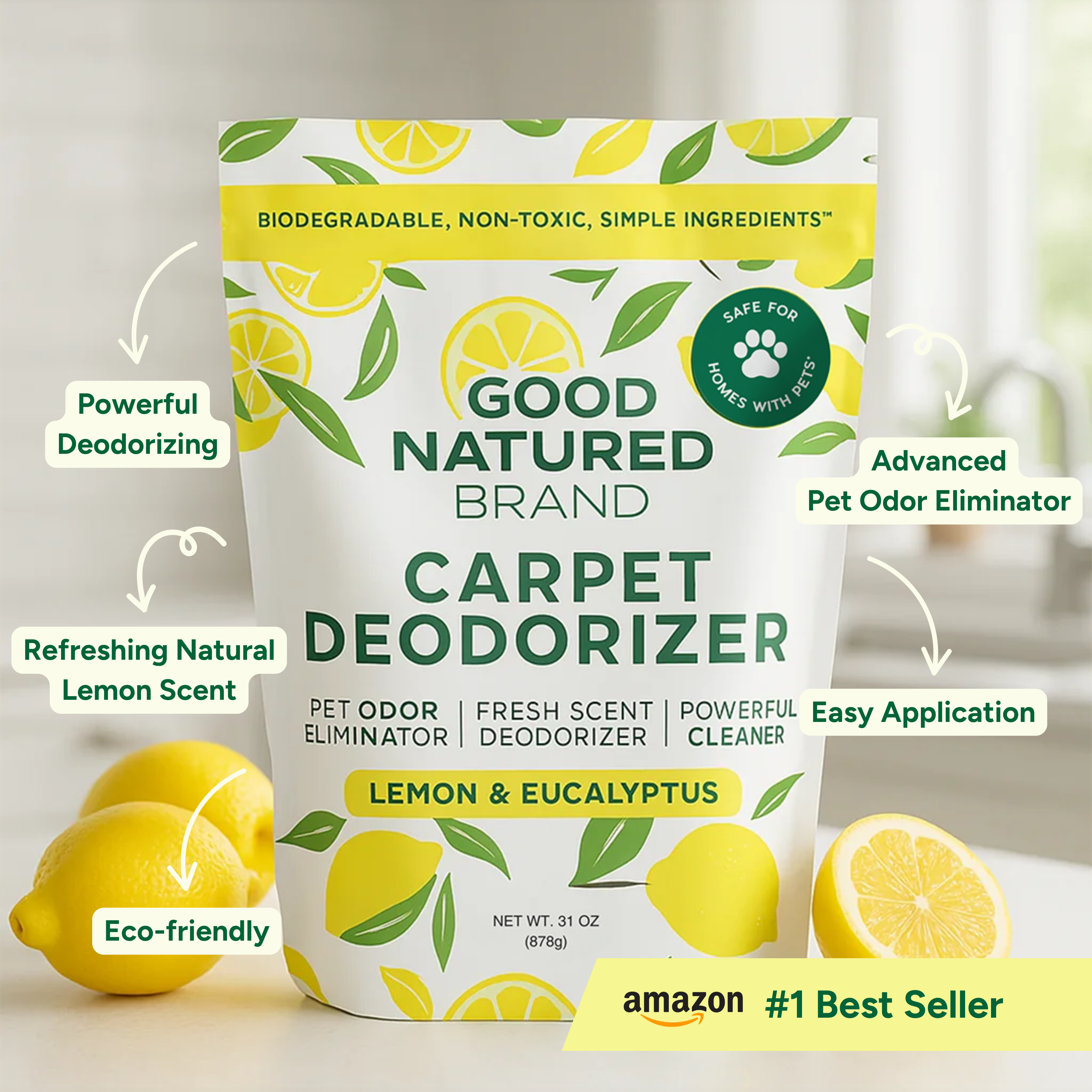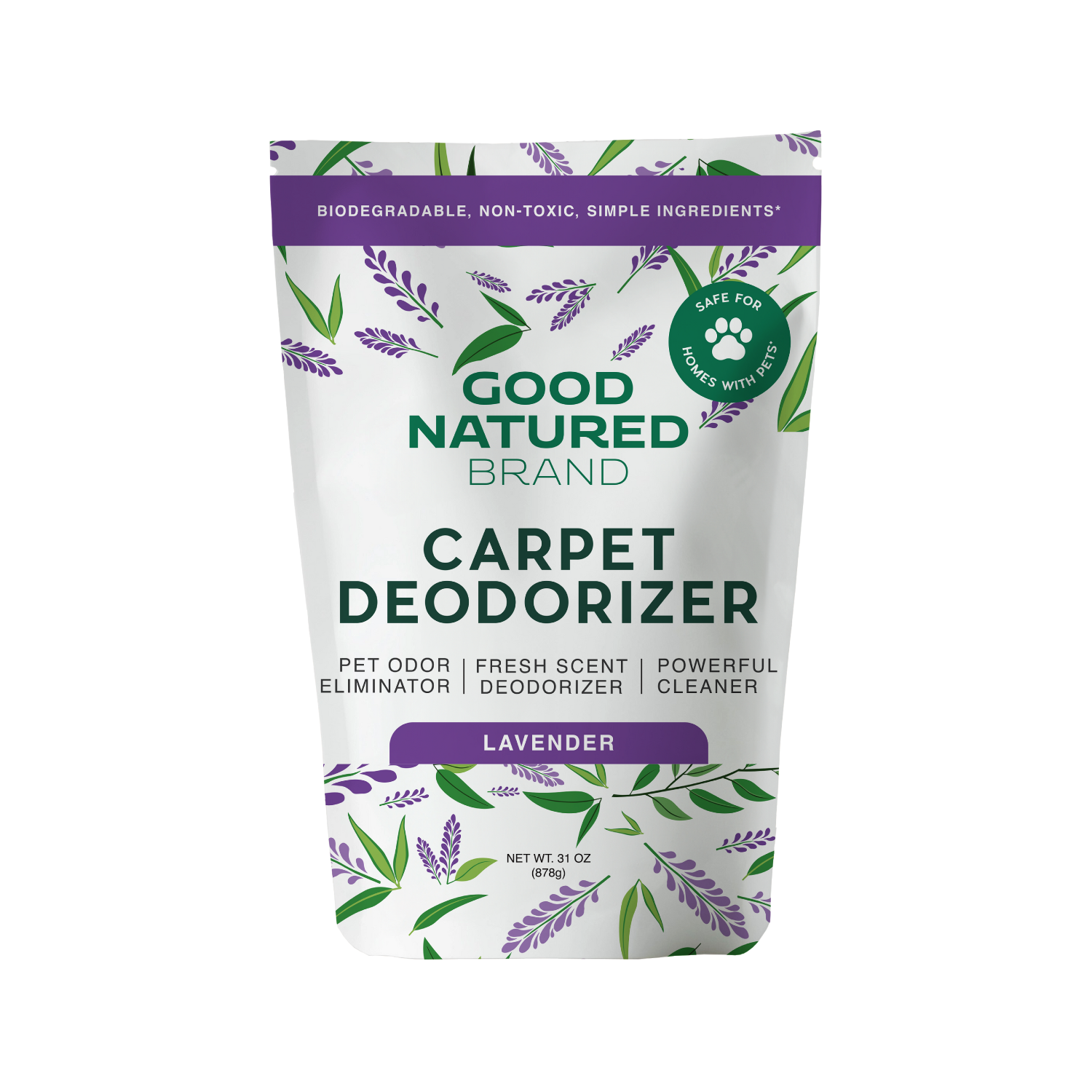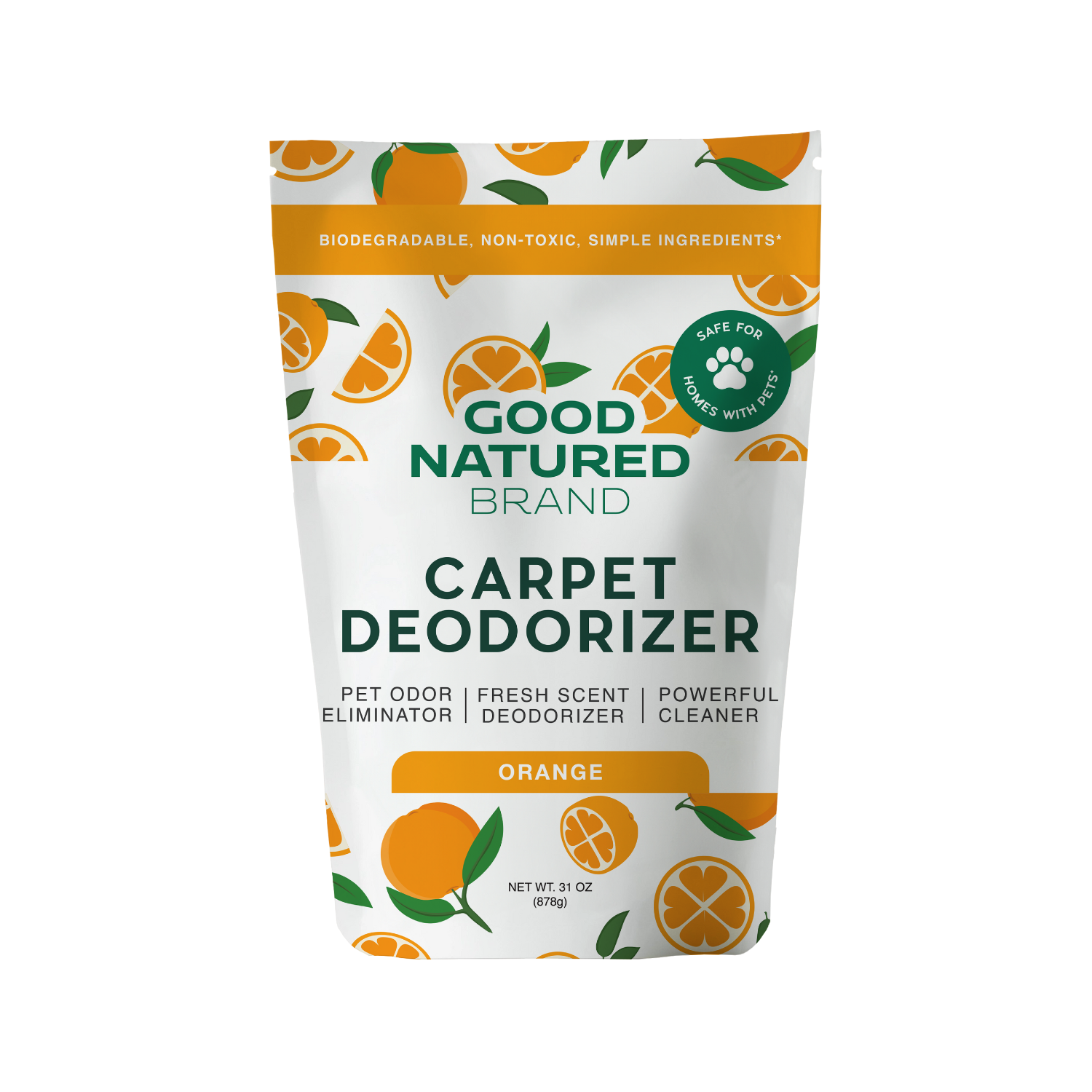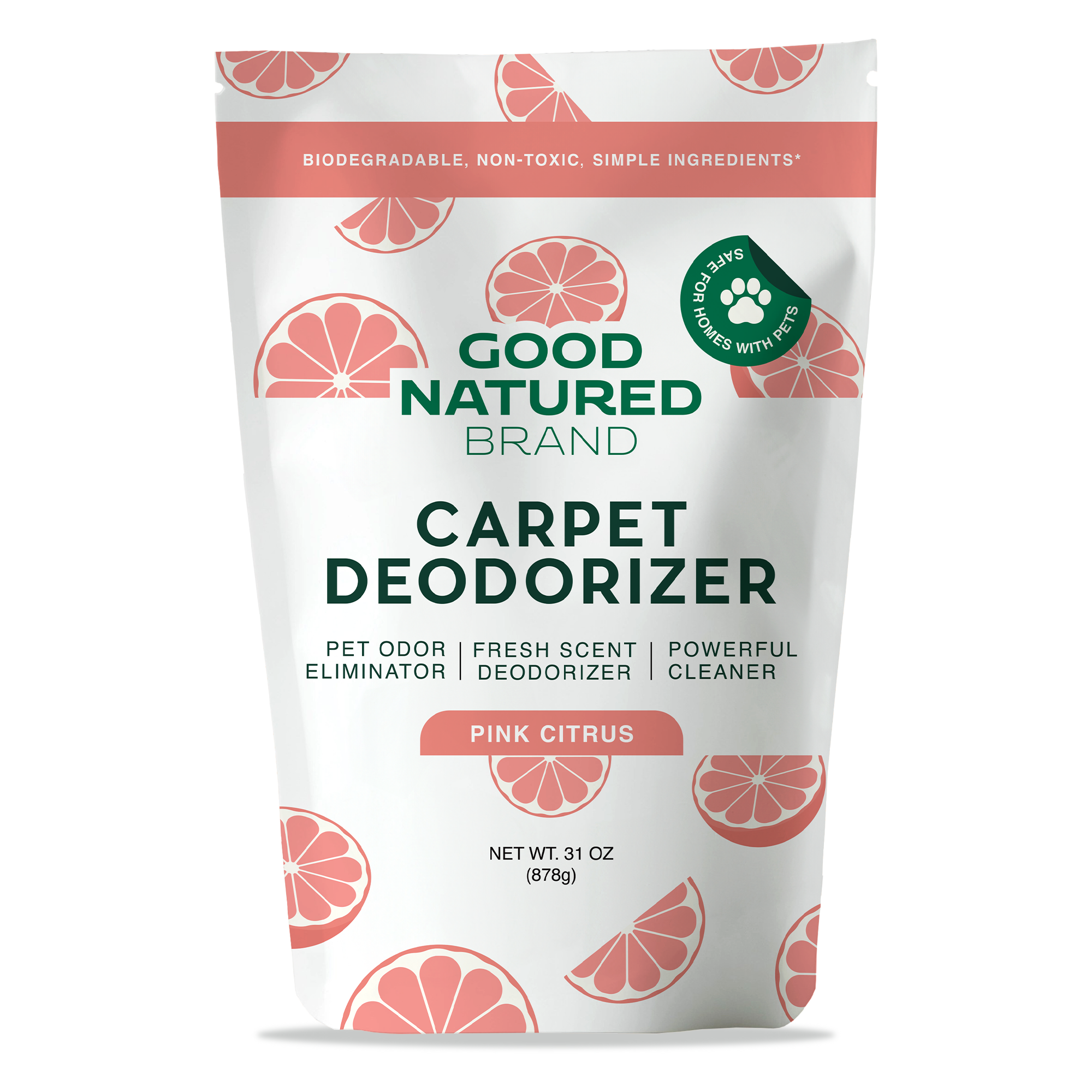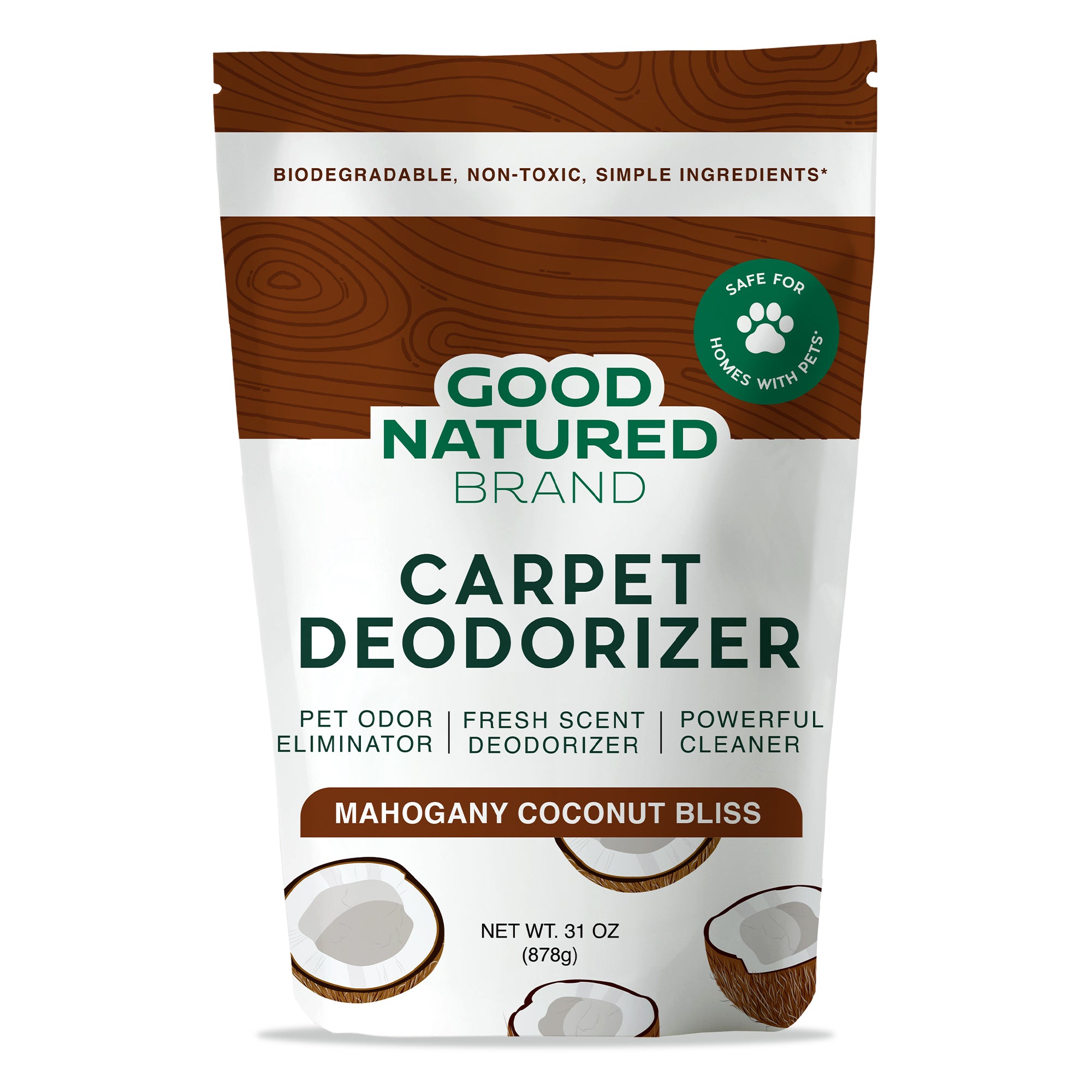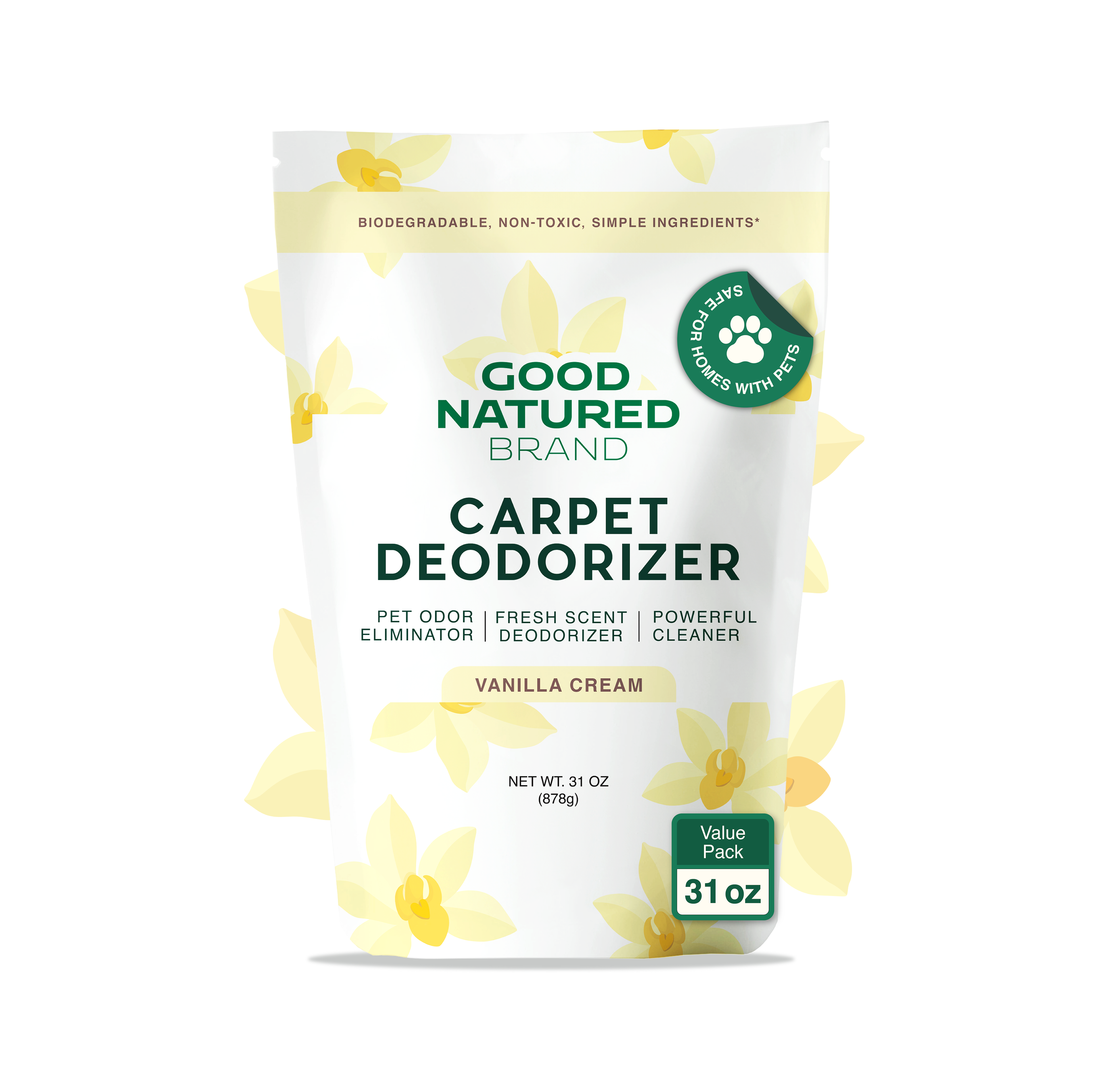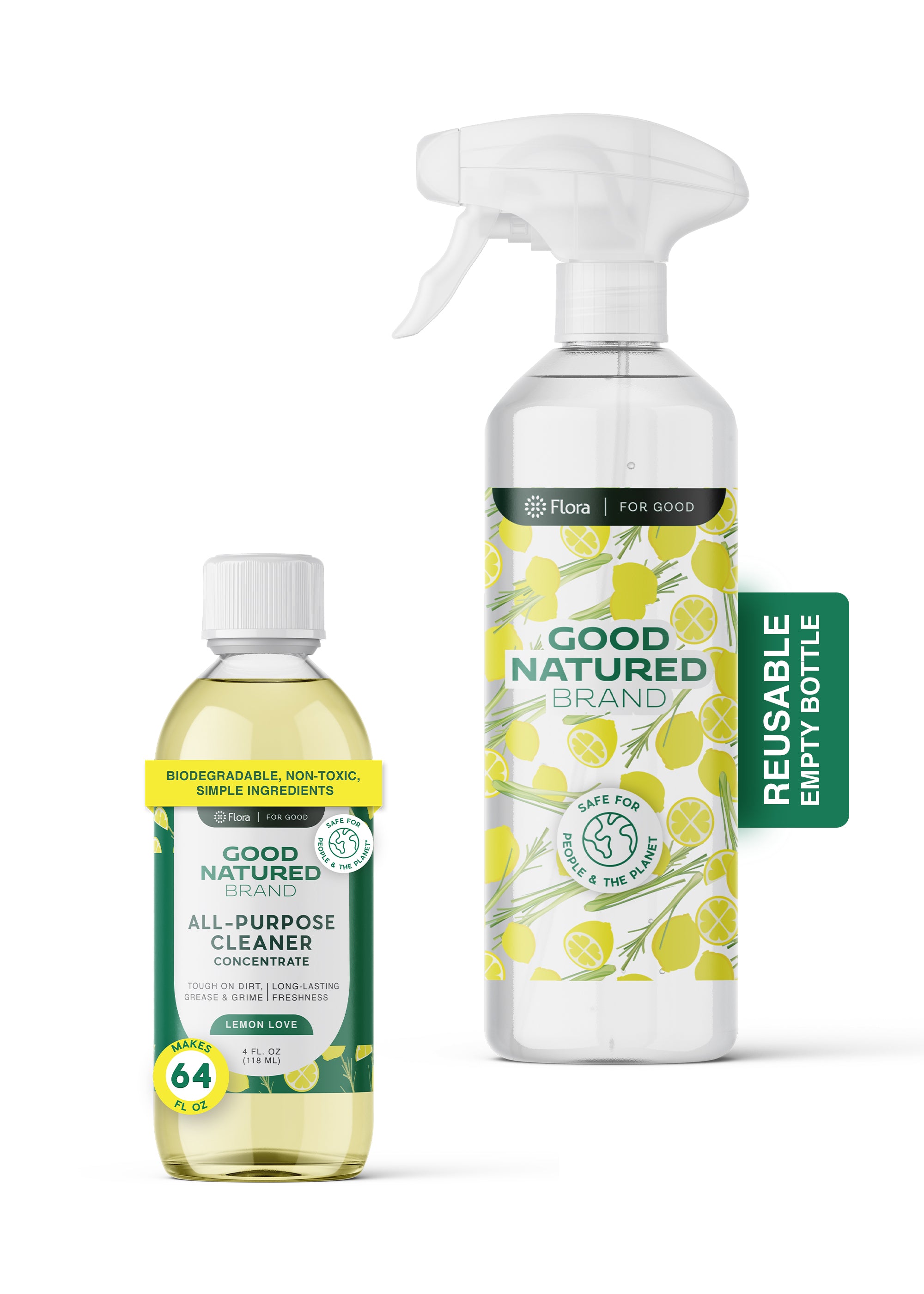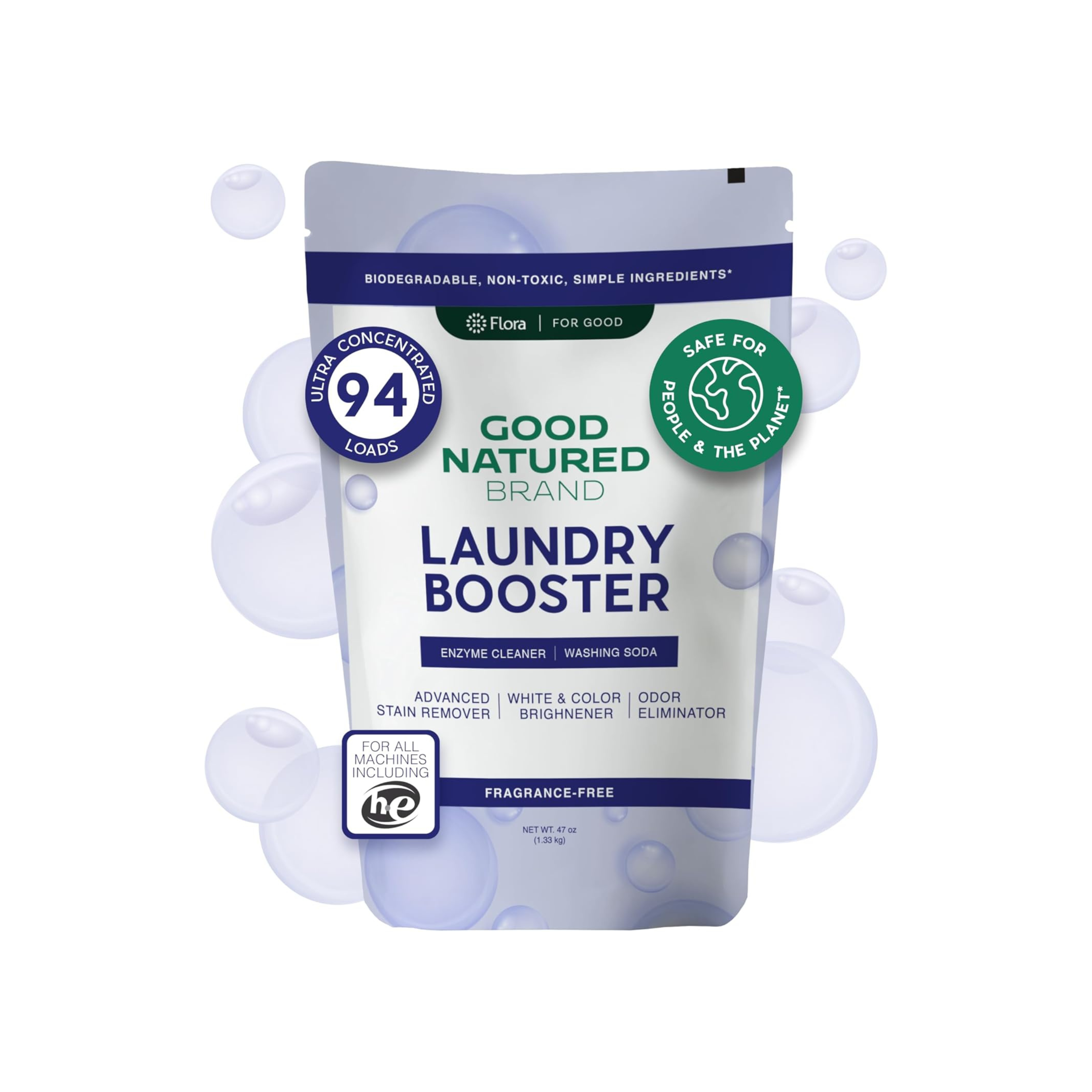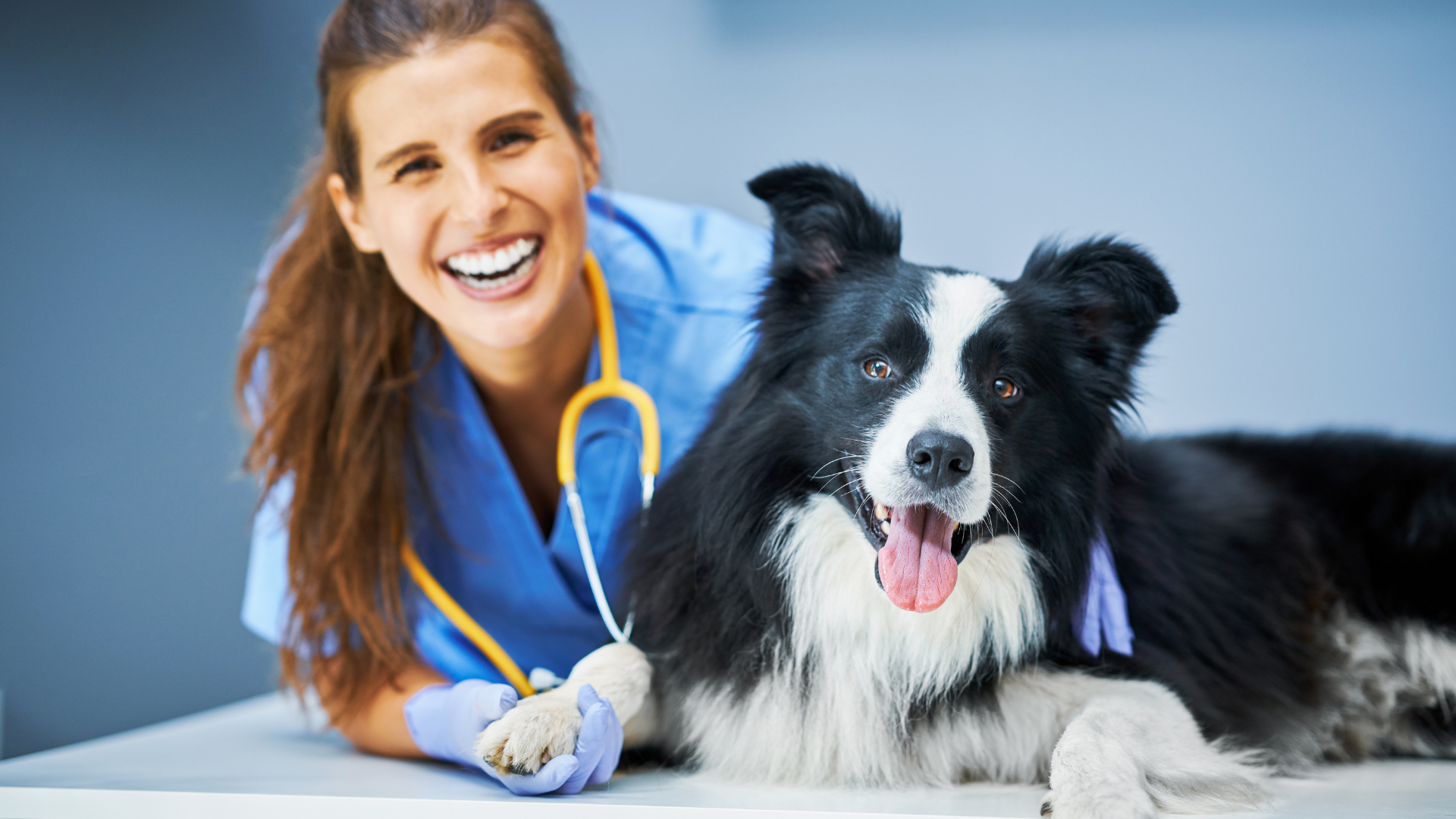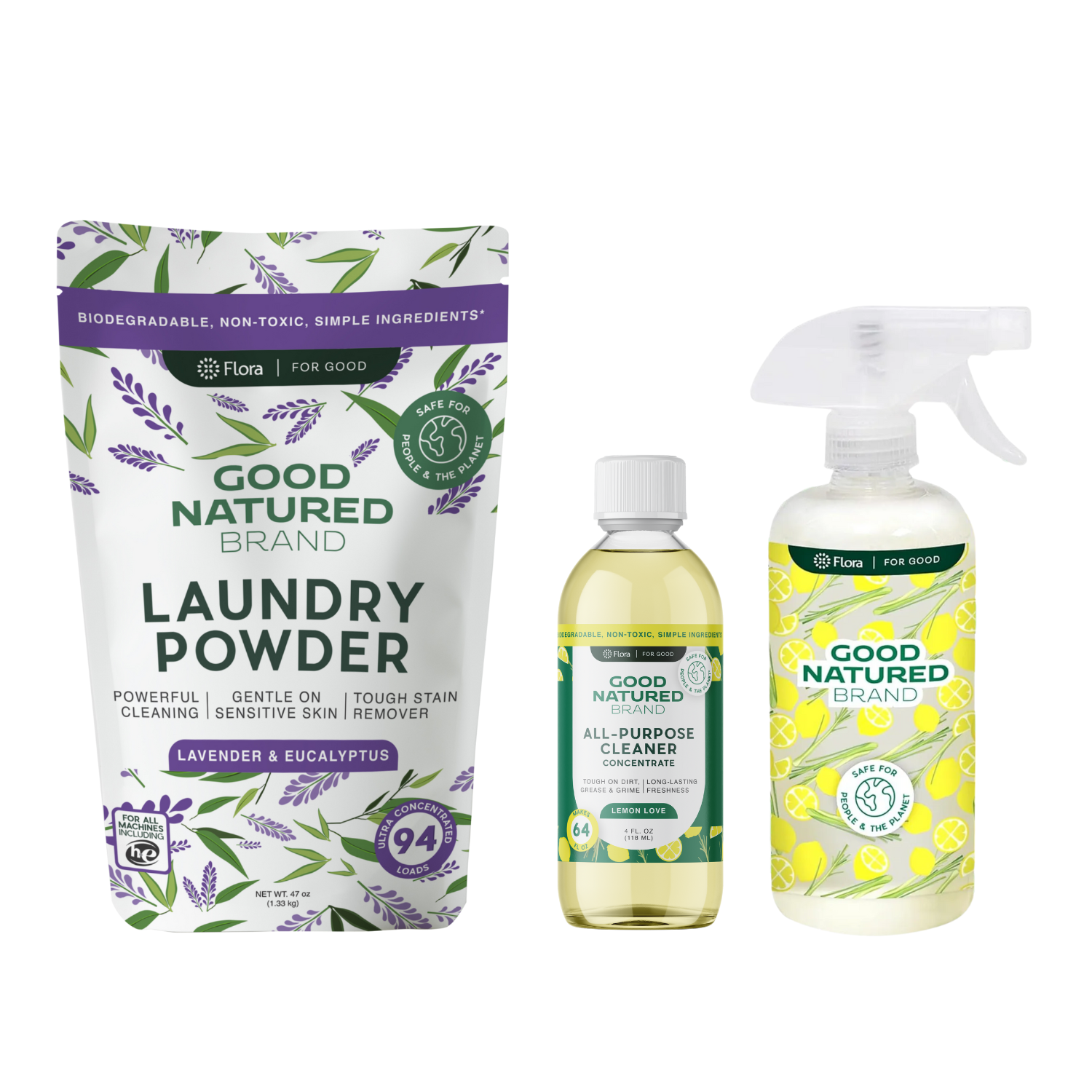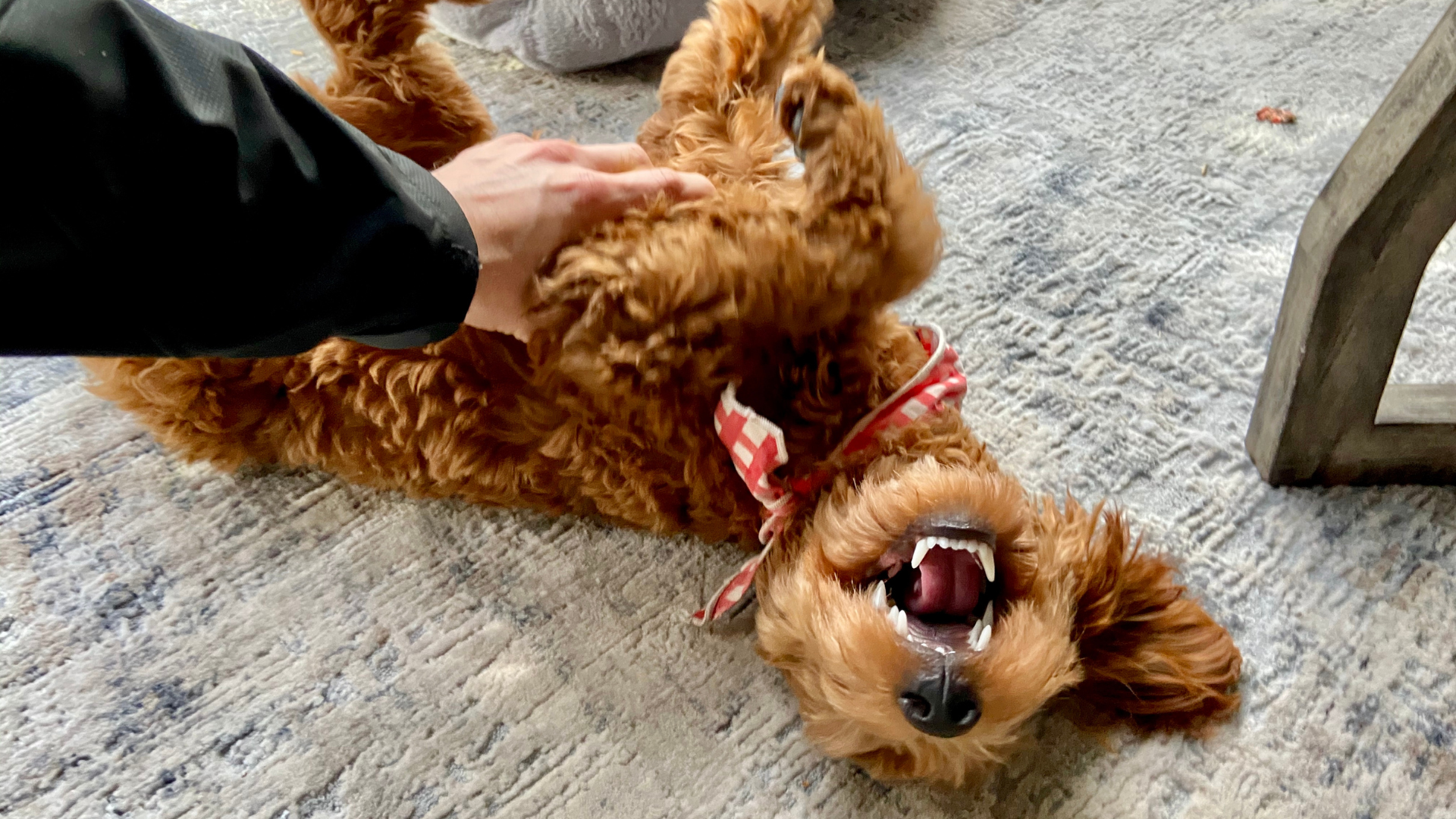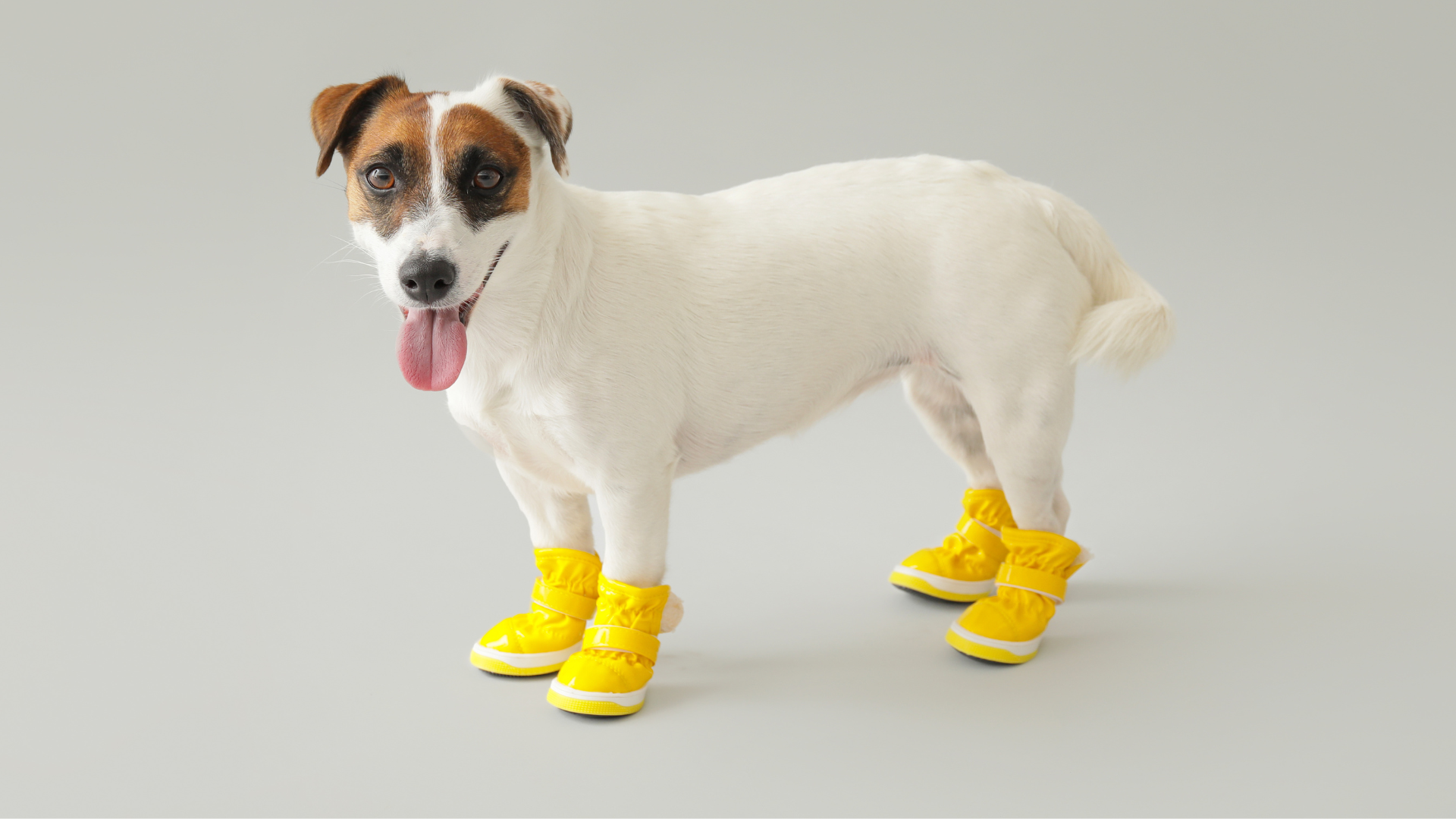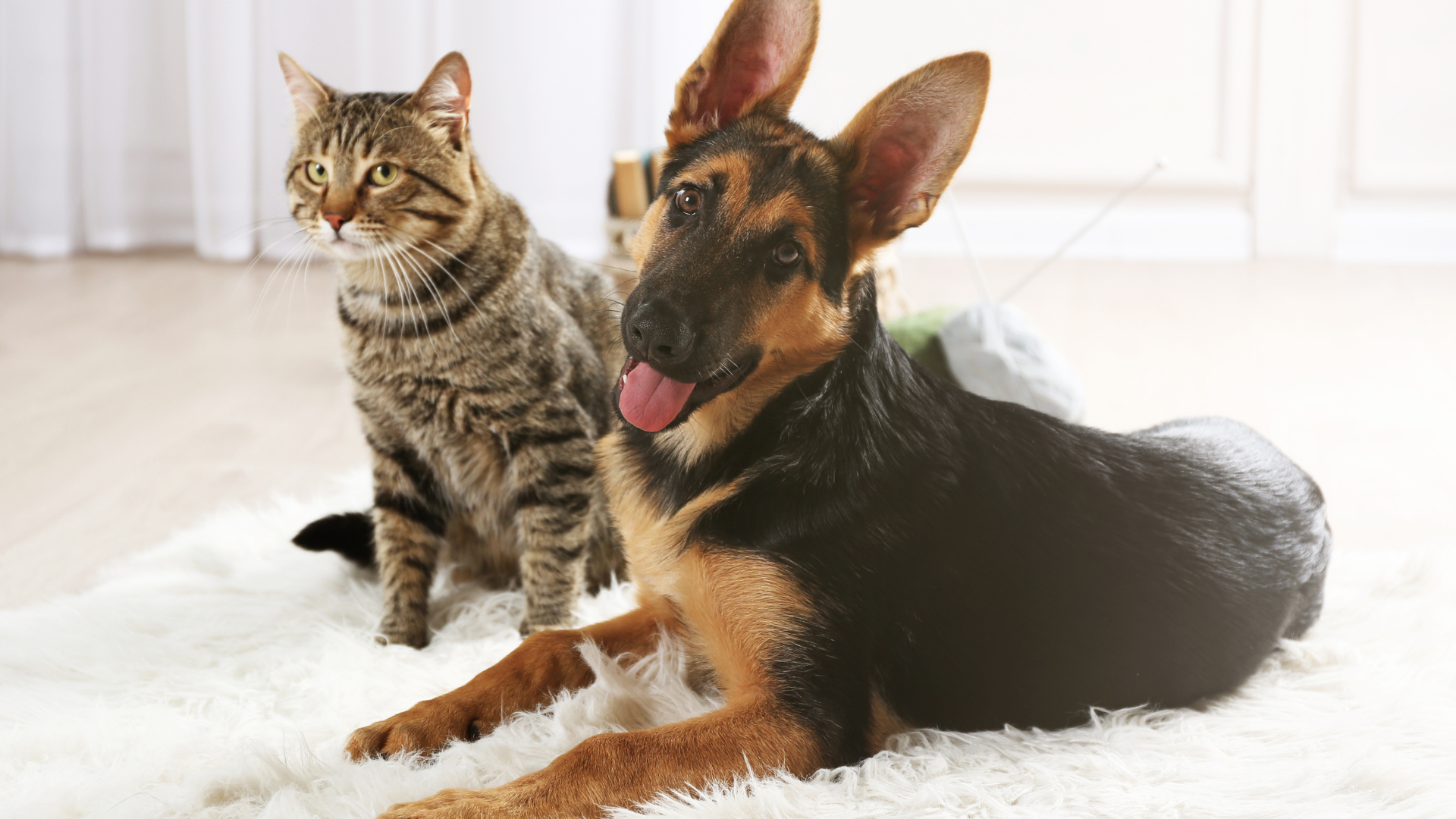Understanding Dog Bloat and GDV
What Is Dog Bloat (Gastric Dilatation-Volvulus)?
Dog bloat, medically known as Gastric Dilatation-Volvulus (GDV), is a serious and potentially fatal condition that primarily affects large and deep-chested breeds. It occurs when a dog's stomach rapidly fills with gas, food, or fluid, causing it to expand significantly. In many cases, the stomach then twists (volvulus), cutting off blood supply to vital organs and trapping the contents inside.
Once the stomach rotates, the dog can no longer relieve the pressure by burping or vomiting. This leads to increased pressure on the diaphragm, impaired breathing, shock, and often death if emergency surgery isn’t performed in time. Without intervention, GDV can become fatal within hours.
Understanding how and why bloat happens is the first step toward prevention. It’s a combination of physical structure, behavior, and even emotional stress that contributes to this dangerous condition.
The Medical Mechanics of GDV
When a dog eats too quickly or gulps down a large volume of water or food, air gets trapped in the stomach. This distention alone can be uncomfortable, but in GDV, the entire stomach rotates on its axis, effectively sealing off the entrance and exit. The twisting blocks blood flow from the heart to the abdomen and back, triggering a cascade of systemic failures. Organs begin to shut down, and the stomach lining can die from lack of oxygen.
GDV requires immediate surgery and intensive care. Even with treatment, survival rates vary between 70-80%, making prevention the best possible solution.
Why It's a Life-Threatening Emergency
Many pet parents mistake early signs of GDV for minor digestive discomfort, losing valuable time before seeking help. However, once the stomach twists, the clock starts ticking fast. The growing pressure impairs blood return to the heart, causes shock, and can rupture the stomach wall.
The speed of deterioration is why every dog owner—especially those with large breed dogs—should know the signs and risk factors of bloat. Acting quickly can be the difference between life and death.
Breeds Most at Risk for GDV
While any dog can experience bloat, large and giant breeds with deep chests are far more likely to suffer from GDV. According to studies, the risk increases significantly for dogs weighing more than 90 pounds.
Large and Giant Breeds to Watch
Some of the most commonly affected breeds include:
-
Great Danes (highest risk of all)
-
Weimaraners
-
Saint Bernards
-
Irish Setters
-
Standard Poodles
-
German Shepherds
-
Doberman Pinschers
-
Basset Hounds
-
Bloodhounds
-
Akitas
If you own one of these breeds, it’s crucial to take preventive steps early—especially as they reach middle age, when risk begins to climb.
Deep-Chested Anatomy: The Main Factor
It’s not just about size—chest depth plays a key role. Deep-chested dogs have a narrow thorax and long abdominal cavity, giving the stomach more room to swing or rotate. This anatomical feature, combined with certain lifestyle habits, creates the perfect storm for GDV.
Signs and Symptoms of Bloat in Dogs
Recognizing the early signs of bloat can save your dog’s life. The condition may develop gradually or very suddenly, and symptoms often escalate in under an hour.
Early Warning Signs Pet Parents Should Know
-
Restlessness or pacing, especially after eating
-
Excessive drooling
-
Dry heaving or unproductive vomiting
-
Distended or hard stomach
-
Whining or signs of abdominal pain
-
Rapid or shallow breathing
These early symptoms often appear vague, which is why they’re commonly overlooked. But for large breed dogs, any of these warning signs after a meal should be taken seriously.
Emergency Symptoms That Require Immediate Vet Attention
-
Collapsing or inability to stand
-
Pale gums or cold limbs
-
Extremely swollen abdomen
-
Signs of shock (weak pulse, fast heart rate)
If you notice any of these advanced symptoms, rush your dog to the nearest emergency veterinary clinic. Time is critical, and surgical intervention may be the only way to save your pet’s life.
What Causes Dog Bloat? (Underlying Risk Factors)
While the exact cause of bloat isn’t fully understood, a range of behavioral, environmental, and genetic factors are known to contribute. Some are preventable, which makes lifestyle changes a key defense.
Feeding Behavior & Schedule
Feeding your dog once a day—or allowing long gaps between meals—can lead to overeating and fast food intake. It's better to feed large breed dogs two to three smaller meals a day, giving the stomach time to digest properly and reducing air intake.
Eating Speed and Bowl Height
Dogs that eat too quickly gulp down a lot of air with their food. This trapped air contributes to gastric expansion and raises the likelihood of bloat. Using a slow feeder bowl or puzzle feeder can help moderate eating pace.
There’s also ongoing debate about whether raised bowls help or hurt. Some studies link elevated bowls to increased bloat risk, while others suggest they can benefit dogs with joint or neck issues. The best approach is to consult your vet about your specific dog’s anatomy and health.
Exercise Around Mealtime
One of the most overlooked causes of bloat is vigorous activity right before or after eating. Just like human athletes shouldn't sprint after a heavy meal, dogs need time to digest. Experts recommend waiting at least an hour before or after meals to allow proper digestion and minimize gas build-up.
Stress and Anxiety
Stress is a lesser-known but important factor in bloat. Dogs that suffer from separation anxiety, live in chaotic environments, or experience frequent changes are at higher risk.
Creating a calm and clean home environment not only supports emotional health but also reduces exposure to toxins that could affect digestion. Using natural, non-toxic cleaners like All Purpose Cleaners can reduce chemical triggers and provide a healthier living space. Keeping your dog’s environment clean also includes regular washing of bedding and toys with gentle, pet-safe options like Laundry Powders.
Additionally, when freshening carpets—especially where your dog lounges—opt for naturally derived Carpet Deodorizers that won't introduce harmful residues or overpowering scents.
Proven Prevention Strategies for Dog Bloat
Smart Feeding Techniques for Large Breed Dogs
Preventing dog bloat begins with how and when you feed your dog. Large breed dogs, especially deep-chested ones, benefit from a feeding strategy that minimizes rapid ingestion and gas buildup.
Split Meals and Timed Feeding
One of the simplest changes you can make is to split your dog’s food into two or three smaller meals throughout the day. Feeding a single large meal increases the risk of gastric expansion, especially if your dog eats quickly. By distributing the food evenly, you reduce the volume of gas produced during digestion.
This method also helps stabilize blood sugar, improves metabolism, and reduces the chances of overeating—all important factors in dog bloat prevention.
Slow Feeder Bowls and Puzzle Toys
Using a slow feeder bowl or puzzle toy forces your dog to work for their food, extending mealtime and significantly decreasing the amount of air swallowed. Studies show that dogs who use these tools consume food up to 10 times slower, which directly reduces the risk of GDV.
These tools are especially beneficial for high-risk breeds and rescue dogs who have a tendency to “guard” or rush through meals.
Fresh Ingredients and Digestible Diets
Diet composition matters too. Highly processed, gas-producing kibbles may contribute to bloating. Consider foods made with whole, easily digestible ingredients, and avoid feeding table scraps or high-fat meals.
A vet-guided nutritional plan, paired with proper mealtime routines, sets the foundation for a healthy digestive system.
Should You Use Raised Bowls or Not?
The topic of raised food bowls has sparked considerable debate among dog owners and veterinarians alike.
The Research Debate
Some research suggests that elevated bowls can increase the risk of GDV in large breeds, particularly when used in combination with once-daily feedings. However, other studies and anecdotal experiences indicate they may reduce strain on the neck and joints—especially in older dogs or those with arthritis.
When Raised Bowls Are Actually Beneficial
If your dog struggles with orthopedic issues or has a long, deep chest that causes discomfort when bending down, a raised bowl might still be appropriate. The key is to pair bowl height with slower eating and multiple daily meals to balance any potential risk.
Before switching to a raised setup, consult your veterinarian to make an informed decision based on your dog’s health history and anatomy.
Managing Activity and Rest Before and After Meals
Too much movement too close to mealtime can spell trouble for large dogs.
Establishing a Calm Feeding Routine
Dogs are sensitive to their environment, especially when it comes to digestion. Create a calm, distraction-free area for feeding time. Avoid allowing your dog to play, jump, or run vigorously within 60 minutes before or after eating.
Establishing a relaxed rhythm can reduce excitement-related air swallowing and support better digestion.
Rest Periods: How Long Should You Wait?
Veterinarians recommend waiting at least one hour before allowing your dog to engage in any strenuous physical activity after a meal. That includes walking, fetch, or playtime with other dogs.
This rest period allows the stomach to settle and begin digestion, minimizing the chance of abnormal gas buildup or stomach rotation.
Probiotics, Digestive Aids, and Natural Remedies
Another proactive measure for bloat prevention lies in gut health support. Maintaining a healthy balance of digestive flora enhances nutrient absorption, reduces gas formation, and keeps your dog’s digestive system functioning smoothly.
Role of Gut Health in Bloat Prevention
The digestive tract houses trillions of microorganisms that play a role in breaking down food, regulating gas, and controlling inflammation. When this ecosystem is imbalanced—often due to poor diet, medications, or stress—gas buildup and discomfort can occur more frequently.
Vet-Approved Supplements and Natural Solutions
Some commonly recommended supplements include:
-
Probiotics: Support healthy digestion and regular bowel movements
-
Digestive enzymes: Help break down fats, carbs, and proteins
-
Slippery elm bark: Soothes the gastrointestinal tract naturally
-
Ginger root: A natural anti-nausea and anti-gas remedy
Always check with your vet before starting supplements, especially if your dog is on other medications.
Reducing environmental toxins can also support gut health. Many commercial cleaning products contain volatile chemicals that linger in the air and on surfaces, affecting your dog’s respiratory and digestive systems. Using a naturally derived All Purpose Cleaner creates a safer space for your dog to eat and relax—especially around their food bowls and dining area.
For areas where your dog eats or rests, such as carpets or rugs, opt for eco-conscious Carpet Deodorizers that are free of artificial perfumes. And don’t forget about your dog’s bedding—washing it with gentle, non-toxic Laundry Powders helps maintain a clean, low-toxin environment for better overall health.
How Stress Influences Bloat (and What to Do About It)
Stress doesn’t just affect behavior—it can also disrupt your dog’s digestion, increase heart rate, and trigger shallow breathing. All of these can worsen the risk of GDV.
Environmental Triggers of Anxiety
Some common stressors include:
-
Moving to a new home
-
Loud noises or frequent visitors
-
Long periods of isolation
-
Boarding or kennel stays
-
Disruption of routine
Large breeds tend to be especially sensitive to changes in environment and schedule, making consistency and calmness key.
Creating a Calm, Clean Space
A safe, clean, and low-scent environment can make a big difference in your dog’s stress levels. Decluttering spaces, limiting loud noises, and using natural home products like All Purpose Cleaners can help create a peaceful atmosphere.
Incorporate a predictable daily schedule that includes feeding, short rest periods, and gentle walks. Over time, your dog will come to anticipate and relax into this rhythm, which supports both mental and digestive health.
If your dog is particularly anxious, consider introducing calming routines like puzzle toys, safe chew objects, or natural stress-relief supplements (with veterinary approval).
Long-Term Health Management and Owner Insights
Should You Consider a Prophylactic Gastropexy?
For dogs that fall into the high-risk category for GDV—such as Great Danes, Weimaraners, or other deep-chested breeds—one of the most proactive decisions you can make is discussing prophylactic gastropexy with your veterinarian.
What Is It and Who Needs It?
A gastropexy is a surgical procedure that tacks the dog’s stomach to the abdominal wall, preventing it from twisting. It doesn’t stop the stomach from bloating, but it significantly reduces the risk of life-threatening volvulus. This elective surgery is often performed at the same time as spaying or neutering for convenience and reduced anesthesia exposure.
Pet parents of high-risk breeds, especially those with a family history of GDV, should have this conversation with their vet early on—ideally while the dog is still young and healthy.
Risks, Recovery, and Cost
Like any surgical procedure, gastropexy carries some risk. However, it is widely considered safe when performed by a licensed veterinarian, especially in conjunction with another scheduled surgery.
Recovery generally takes 10 to 14 days, during which your dog will need rest and restricted activity. The cost varies by region but often ranges between $400–$1,000 when added to a routine procedure, and can go higher if done as an emergency surgery.
In the long term, this preventative option may provide peace of mind and save thousands in emergency costs—while potentially saving your dog’s life.
Daily Routines That Reduce the Risk of GDV
Establishing a consistent and healthy routine is one of the most powerful tools in preventing dog bloat. When paired with proper feeding techniques and stress management, these habits promote long-term wellness.
Monitoring Weight and Body Condition
Excess weight places unnecessary strain on your dog’s organs, including the digestive system. Obesity is also linked to increased inflammation, which may further impair digestion and gas regulation.
Work with your vet to ensure your dog maintains an ideal body condition score. A healthy, active lifestyle will reduce not only the risk of GDV but also improve your dog’s quality of life overall.
Daily Relaxation and Digestive Rhythm
A routine of moderate exercise, mental stimulation, and calm feeding times helps establish a healthy digestive rhythm. Feed your dog at the same times each day, provide quiet rest periods after meals, and avoid chaotic activity during digestion.
Creating a clean, toxin-free environment also supports consistent health. Regularly wash your pet’s bedding, towels, and soft toys using Laundry Powders that are gentle and free from artificial fragrances. These natural formulas are not only safer for your dog’s skin but also help reduce household irritants that may interfere with breathing and digestion.
Likewise, keeping pet spaces tidy with Carpet Deodorizers made from safe, non-toxic ingredients ensures a healthier lounging area. You can also maintain clean surfaces with eco-conscious All Purpose Cleaners, especially in your dog’s feeding zones.
Real Stories from Dog Parents Who Faced Bloat
Understanding dog bloat through real-life experiences can help put the urgency of prevention into perspective.
Case Study: A Great Dane’s Emergency Surgery
Maggie, a 5-year-old Great Dane, showed signs of distress just 30 minutes after dinner—restlessness, retching, and a tight abdomen. Her owner recognized the symptoms from a previous vet talk and rushed her to the ER. An emergency gastropexy was performed just in time. Maggie survived, but the emotional and financial toll was immense.
Her owner now uses slow feeders, spaces out meals, and ensures calm post-meal routines to prevent recurrence.
Prevention Success: Slowing Down Saved My Dog
Bella, a rescue Doberman, used to inhale her food in seconds. After one mild bloating scare, her owner switched to a puzzle feeder, split meals into three servings a day, and created a peaceful feeding zone. Bella’s digestion improved, and the bloat scare never returned.
Stories like these remind us that small, daily changes can make a huge difference in preventing bloat-related emergencies.
A Cleaner, Safer Home for Digestive Health
While it may seem unrelated at first, the products you use to clean your home can impact your dog’s health—especially their respiratory and digestive systems. Many conventional cleaning supplies contain synthetic chemicals and fragrances that linger on floors, beds, and food surfaces.
Switching to natural, biodegradable All Purpose Cleaners helps create a non-toxic environment where your dog can relax and digest without chemical stressors.
Likewise, pet-safe Carpet Deodorizers eliminate odors without introducing synthetic fragrances, which can be overwhelming for a dog’s sensitive nose. And don’t overlook what you use to wash their favorite bedding—Laundry Powders made from safe, simple ingredients can reduce skin and stomach irritation.
These subtle shifts toward safer products align with a broader, more holistic approach to dog bloat prevention—where every part of your dog’s world supports their health and comfort.
For more insights on creating a safe, clean home for your pets, visit the Good Natured Brand Blog or explore our Main Page to learn about our full line of natural pet-safe products.
Conclusion
When it comes to dog bloat prevention, knowledge is your greatest tool. For owners of large and deep-chested breeds, being proactive can mean the difference between life and death. We’ve explored the mechanics of GDV in dogs, the warning signs to watch for, and the wide range of prevention strategies—from slow feeding and stress reduction to home environment improvements.
You now understand how small choices—like feeding smaller meals, using slow-feeder bowls, and creating a peaceful post-meal environment—can reduce bloat risk. We also covered the benefits of natural products like Carpet Deodorizers, Laundry Powders, and All Purpose Cleaners that help create a toxin-free home that supports your dog’s digestive and overall health.
If your dog is among the high-risk breeds, talk to your veterinarian about preventive surgery like gastropexy. And remember, prevention isn’t about fear—it’s about giving your dog the best chance at a long, happy life.
For more holistic wellness tips, visit our Blog or explore our Main Page for natural, pet-safe solutions that support every aspect of your dog’s daily life.
FAQs
1. What is the fastest way to recognize signs of bloat in dogs?
The earliest signs include restlessness, pacing, excessive drooling, dry heaving, and a swollen abdomen. These are critical indicators of potential GDV in dogs and require immediate veterinary attention.
2. Can dog bloat go away on its own?
No. Bloat is a medical emergency, especially if it progresses to volvulus. Immediate treatment is essential. Waiting can drastically reduce your dog’s chance of survival.
3. How can I prevent my large breed dog from eating too fast?
Use a slow-feeder bowl or puzzle feeder, and split meals into two or three portions per day. These tools are essential for dog bloat prevention in large breeds.
4. Are certain foods more likely to cause bloat in dogs?
Yes. Diets high in fat, soy, or poor-quality fillers can contribute to gas buildup. Stick to easily digestible, high-quality dog food recommended by your vet.
5. Is gastropexy worth considering for my dog?
If you own a high-risk breed like a Great Dane or Weimaraner, prophylactic gastropexy can be a smart preventive measure. Speak with your vet about whether it’s right for your pet.
